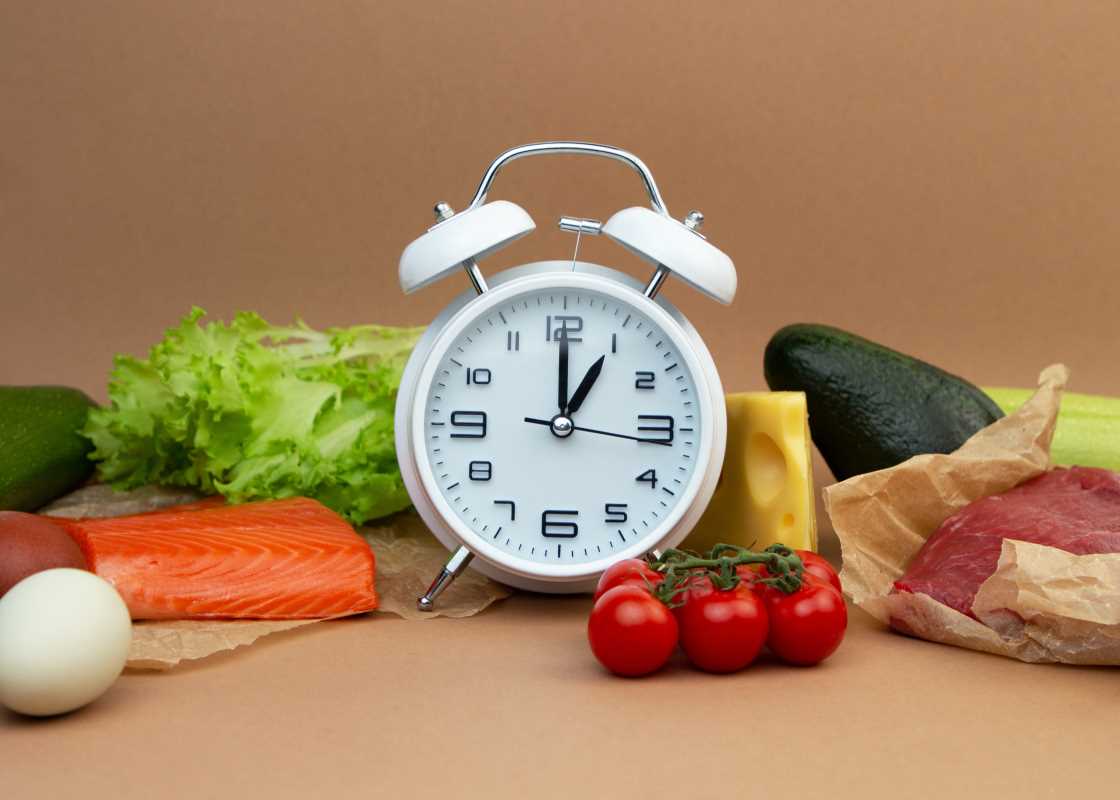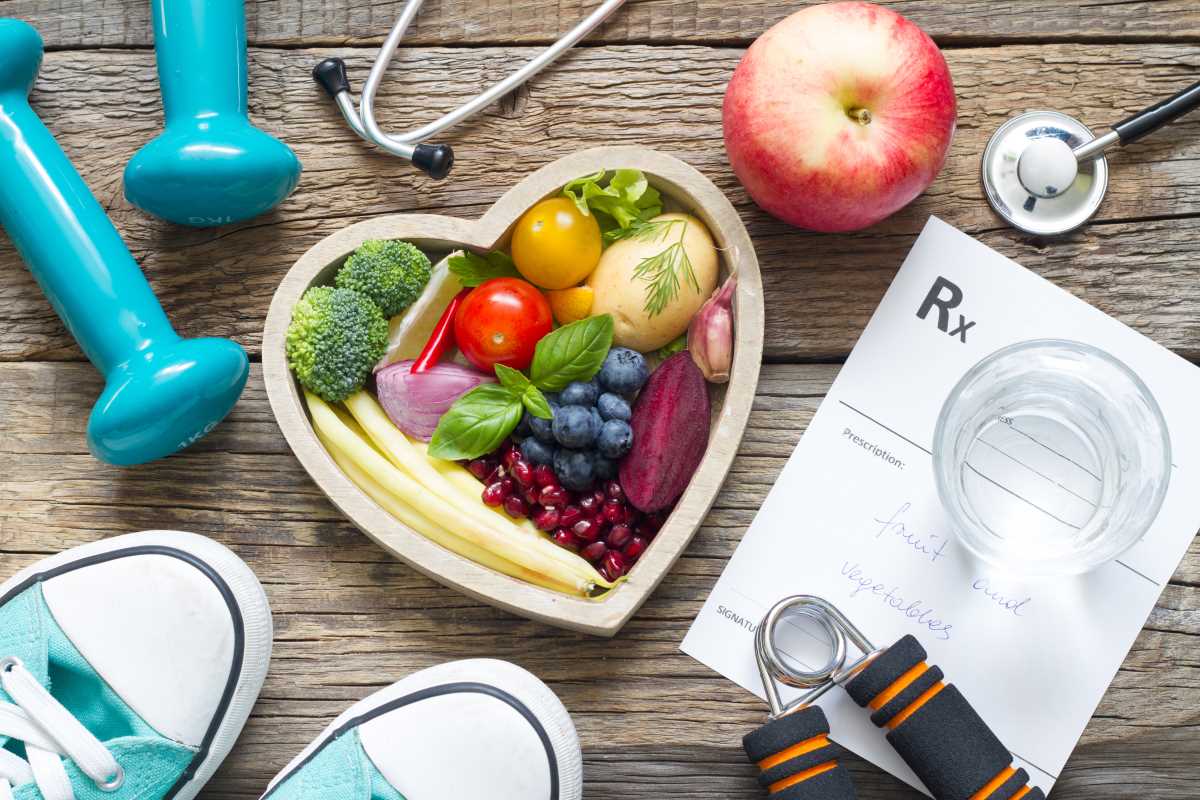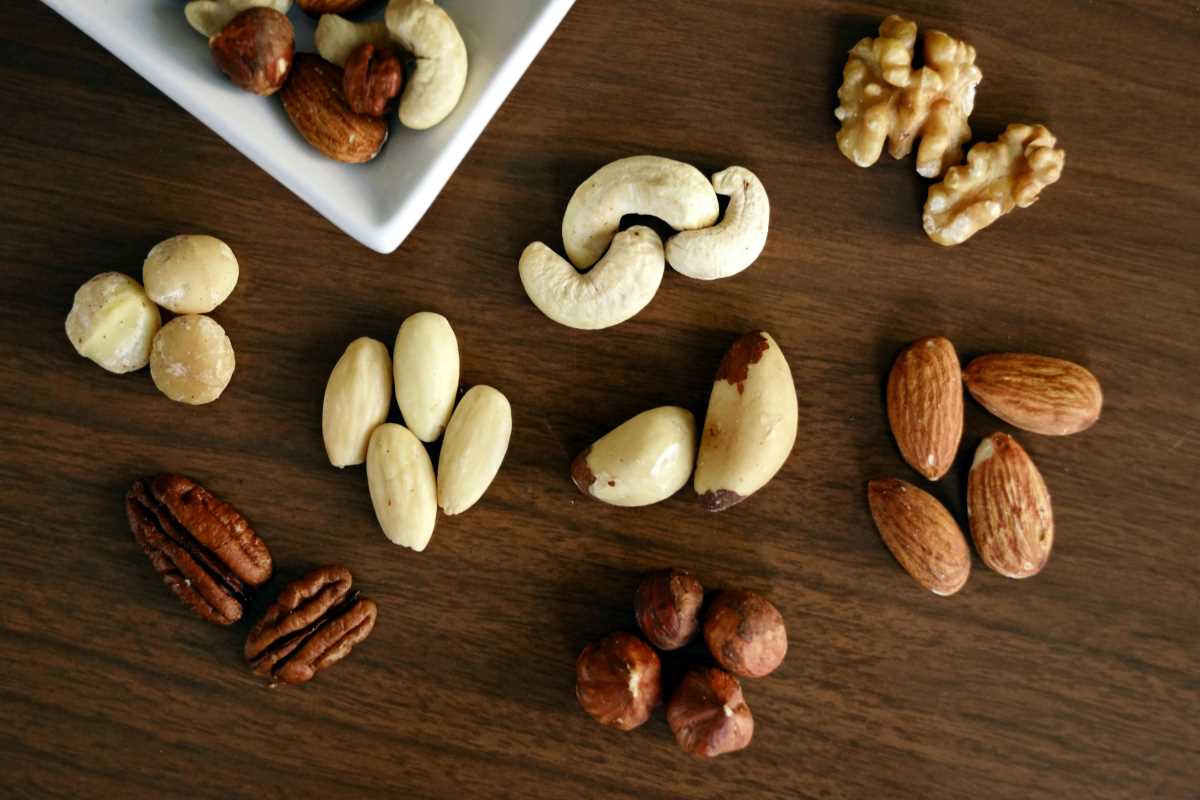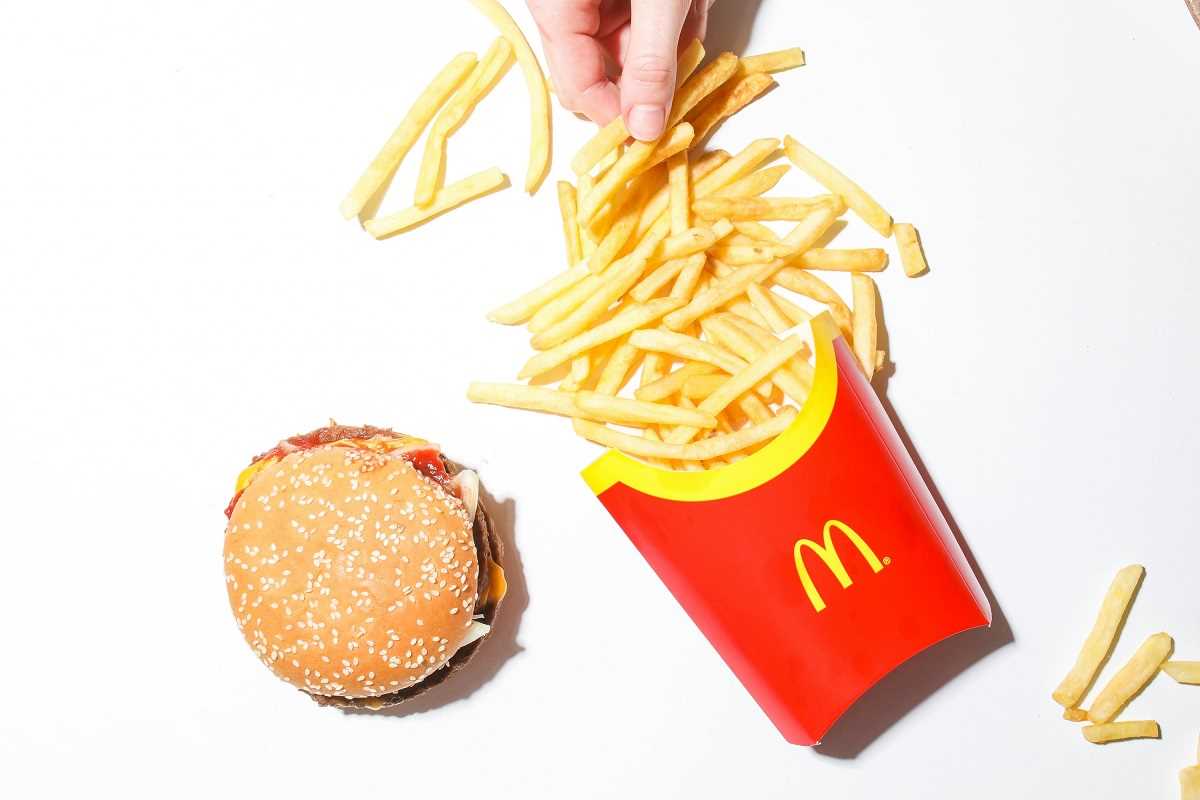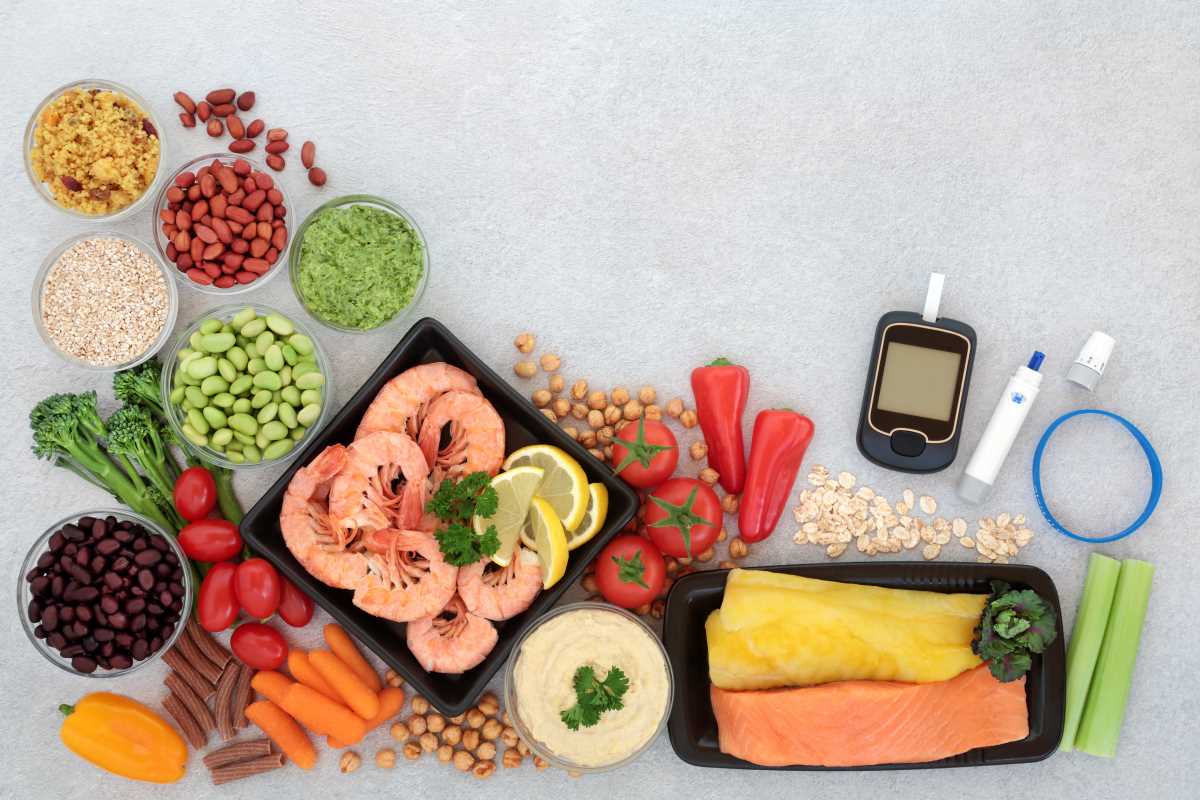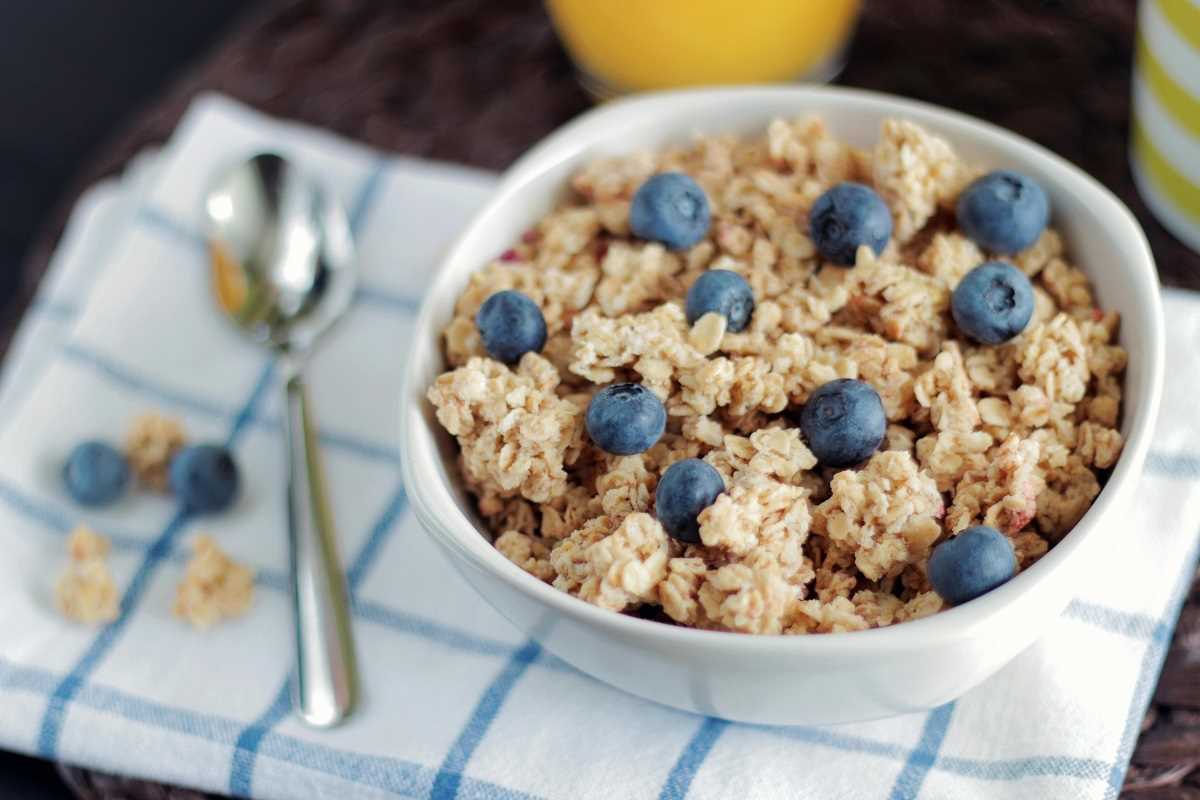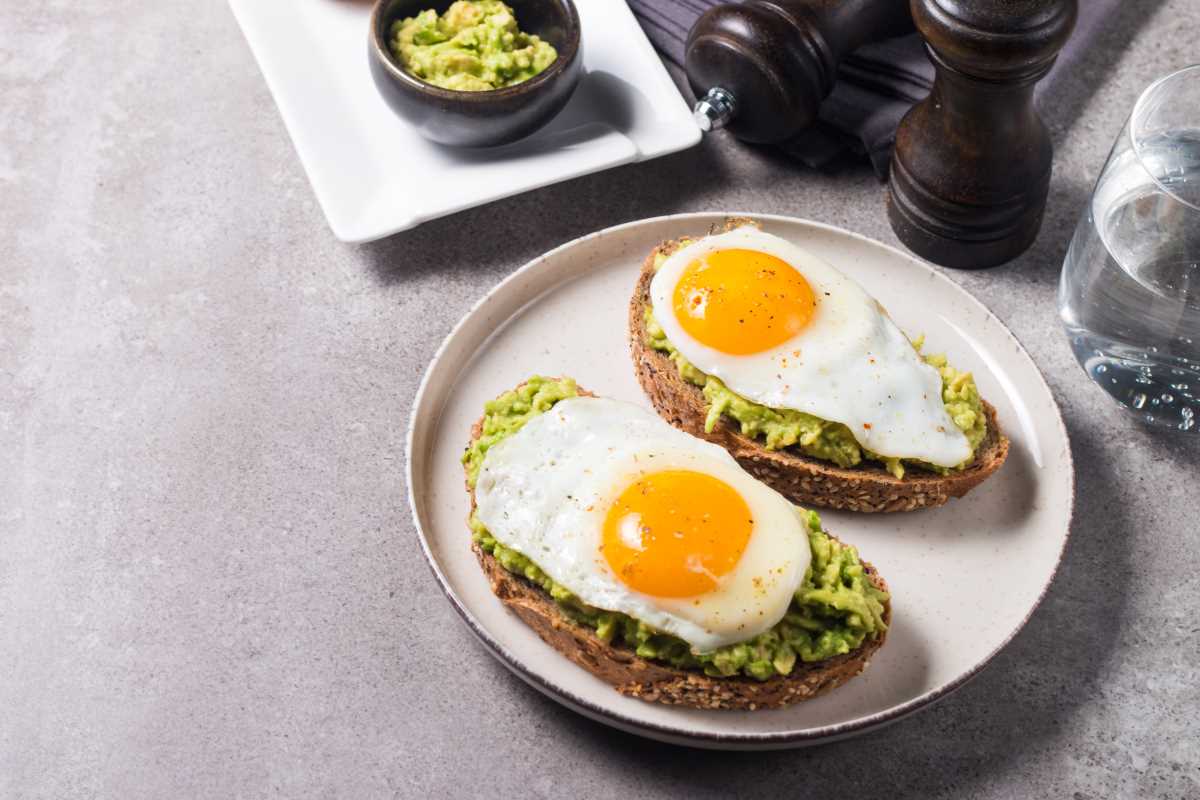When it comes to taking care of your heart, reducing sodium might be one of the most effective and straightforward changes you can make. Sodium, while essential for your body's functions, can be a troublemaker when consumed in excess. Too much of it can raise blood pressure, a major risk factor for heart disease and stroke. The good news is that cutting back on sodium doesn’t mean giving up on flavor. With a few simple strategies, you can support your heart health without sacrificing delicious meals.
Grab a comfy seat and get ready to learn how you can shake off excess sodium and take charge of your wellbeing.
Why Reducing Sodium Is Critical for Heart Health
Sodium is a mineral that helps regulate fluid balance and nerve function in your body. The main source of sodium in our diets? Salt. While our bodies need a bit of sodium to function properly, most of us consume far more than necessary. The recommended daily intake of sodium is around 2,300 milligrams (about one teaspoon) for most adults, but many people eat closer to 3,400 milligrams or more each day.
Excess sodium causes your body to hold onto water, which increases the volume of blood in your blood vessels. This added pressure can strain your heart and arteries, leading to high blood pressure (hypertension). Over time, this puts you at risk for heart disease, stroke, and other serious complications.
But here’s the bright side: reducing sodium intake can have an almost immediate positive effect on your health, including lower blood pressure and a happier heart.
Where Sodium Hides in Your Diet
Before we talk strategies, it’s important to know where sodium likes to lurk. While the salt shaker might seem like the main culprit, most of the sodium in our diets (about 70%) comes from processed and restaurant foods. Think canned soups, frozen meals, deli meats, fast food, and even bread.
It’s also sneaky, hiding in foods you might not expect, like:
- Salad dressings
- Sauces (e.g., soy sauce, ketchup)
- Cheeses
- Snacks like chips, pretzels, and crackers
- Breakfast cereals
- Pickles
To tackle sodium effectively, you'll need strategies to avoid these hidden sources while keeping meals satisfying and flavorful.
1. Read Labels Like a Pro
Food labels are your first line of defense in reducing sodium. Packaged foods often vary widely in sodium content, even for similar items.
What to Look For:
- % Daily Value (DV): Aim for foods with 5% or less of the DV for sodium per serving. Foods with 20% or more are high in sodium.
- Sodium per Serving: Some serving sizes are smaller than you’d expect, so double-check the portion size to see how much sodium you’re actually eating.
- Look for terms like “low sodium” (140 mg or less per serving), “reduced sodium” (at least 25% less than the regular version), or “no salt added.”
If canned goods like beans or soups are your go-to, rinse them under cold water to reduce salt content by up to 40%.
2. Cook More at Home
One of the best ways to control sodium is to make your own meals. When you cook at home, you have total say over how much salt goes into your food.
Low-Sodium Cooking Tips:
- Use herbs, spices, and citrus to add bold flavors without salt. Try garlic, onion powder, basil, paprika, cumin, lemon juice, or vinegar to elevate your dishes.
- Choose fresh meats, poultry, and seafood over processed or cured versions like ham or sausage.
- Skip adding salt during cooking and wait until the very end to see if it’s even necessary. Often, you’ll find that the flavors speak for themselves!
Sample Low-Sodium Dinner Idea:
- Herb-Crusted Salmon with Veggies: Season salmon with a mix of olive oil, garlic, lemon zest, and fresh dill. Roast on a baking sheet alongside asparagus and cherry tomatoes for a quick, heart-healthy meal.
3. Swap High-Sodium Ingredients
There are plenty of ways to tweak your recipes to reduce sodium without sacrificing taste. Here are some smart swaps to make at home.
Simple Swaps:
- Instead of table salt: Use salt substitutes like potassium chloride or mix in herbs and spices.
- Instead of soy sauce: Opt for low-sodium soy sauce or tamari, or use coconut aminos as a completely soy-free, low-sodium choice.
- Instead of canned stocks: Use homemade broth or low-sodium versions readily available in stores.
- Instead of salty snacks like chips: Try unsalted nuts, air-popped popcorn with a dash of garlic powder, or crunchy veggie slices with hummus.
4. Be Active at Restaurants
Dining out can be tricky when trying to reduce sodium, as restaurant meals are often loaded with salt. But you don’t have to swear off eating out entirely; just follow some heart-smart tips.
How to Keep It Low-Sodium at Restaurants:
- Ask for sauces and dressings on the side, and use them sparingly.
- Request your food be prepared with little or no added salt. Most places are happy to accommodate.
- Skip fried items and opt for grilled, baked, or steamed dishes instead.
- Choose simple dishes with fewer ingredients; the fewer condiments and components, the less likely they are to hide sodium.
5. Stock Your Pantry with Heart-Friendly Options
Having the right staples on hand can make it easier to whip up low-sodium meals without overthinking. Consider stocking your pantry with some of these essentials.
Low-Sodium Pantry Must-Haves:
- No-salt-added canned tomatoes
- Low-sodium beans or dry beans you can cook yourself
- Brown rice, quinoa, or other whole grains
- Sodium-free seasonings like Mrs. Dash or nutritional yeast
- Unsalted nuts and seeds
- Olive oil and vinegars for dressings and marinades
6. Make Every Meal Heart-Healthy
Creating low-sodium, heart-healthy meals doesn’t have to be a chore. Here are some delicious ideas to inspire you.
Breakfast:
- Avocado Toast: Smash avocado onto a slice of whole-grain bread and top with lemon juice, red pepper flakes, and a sprinkle of seeds.
- Egg and Veggie Scramble: Sauté spinach, tomatoes, and mushrooms, then mix in eggs for a savory start to the day.
Lunch:
- Mediterranean Salad: Combine mixed greens, cucumber, cherry tomatoes, chickpeas, and a drizzle of olive oil and balsamic vinegar.
- Veggie Wrap: Spread hummus on a whole-grain tortilla, add sliced cucumbers, carrots, and red bell peppers, and wrap it up.
Dinner:
- Baked Lemon Chicken: Oven-bake chicken breast seasoned with rosemary, lemon slices, and garlic. Serve with a side of roasted Brussels sprouts and wild rice.
- Stuffed Bell Peppers: Fill peppers with a mixture of black beans, quinoa, onions, and diced tomatoes for a hearty, low-sodium meal.
With these tips and some creative swaps, you can make meals that are both tasty and good for your heart.
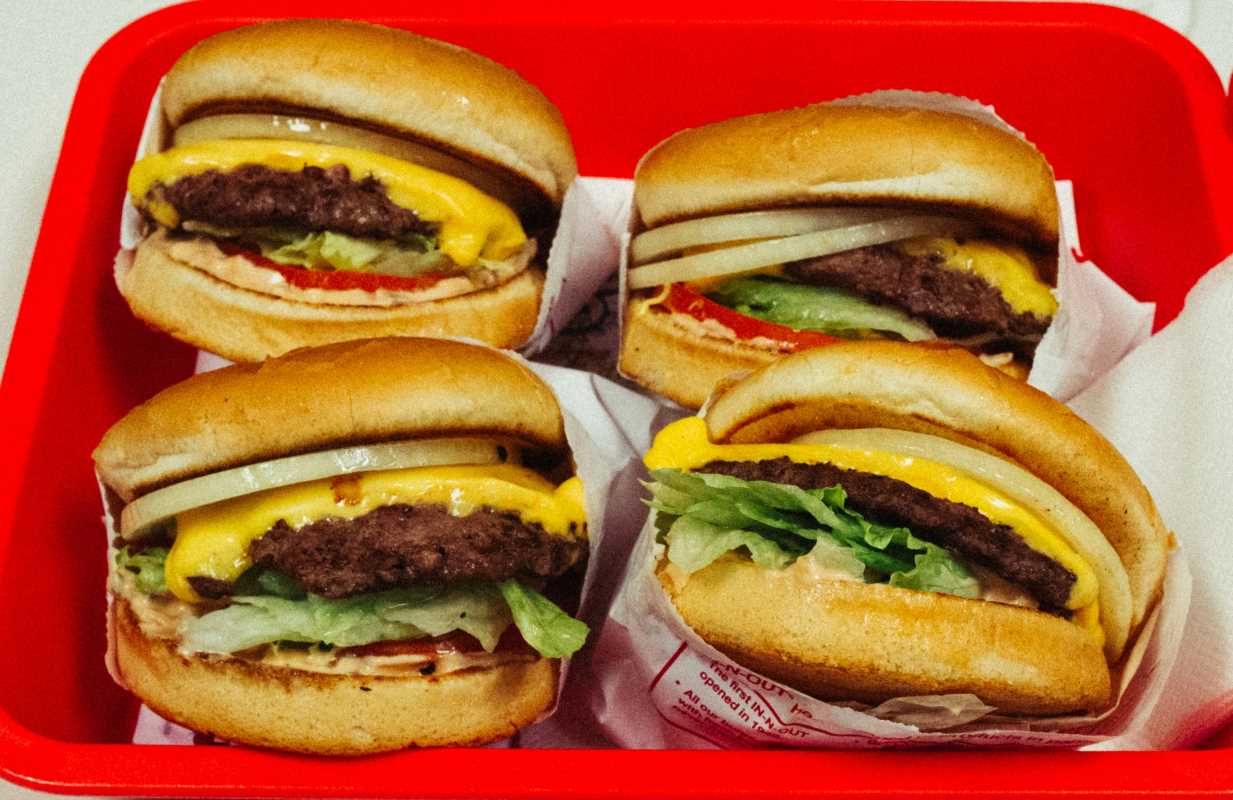 (Image via
(Image via